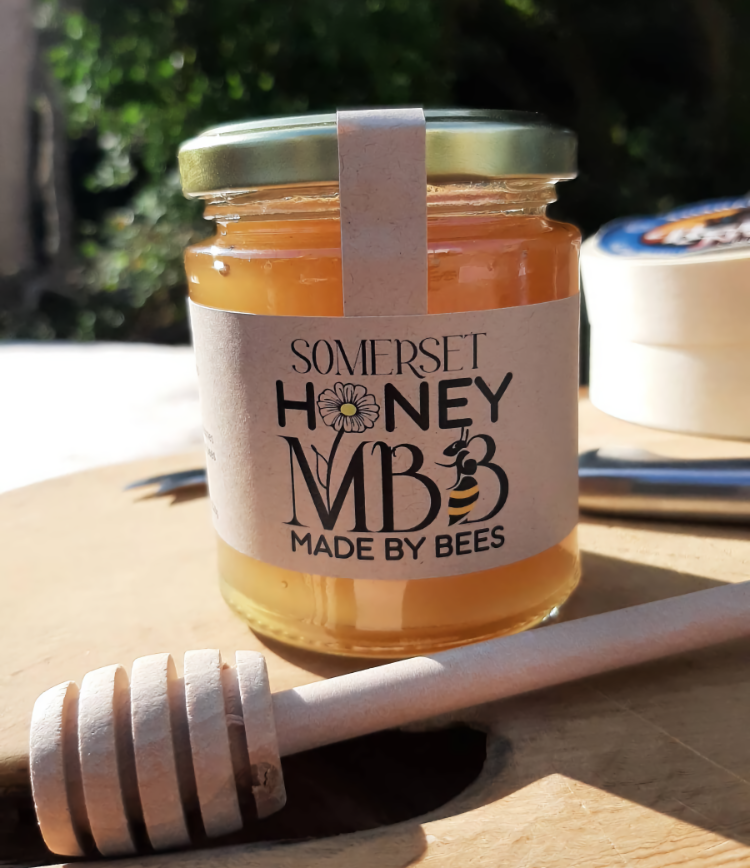Why Beeswax Candles?
Beeswax candles are a natural and sustainable alternative to traditional paraffin candles. They are made from the wax of bees, which is collected from beehives and then filtered and moulded into candles or dipped using traditional methods. Unlike paraffin candles, which are made from petroleum, beeswax candles are free from toxins and pollutants.
Why Choose Beeswax Candles?
There are several reasons why beeswax candles are the perfect choice for your home:
- Natural and Non-Toxic: Beeswax candles are made from natural ingredients and do not release harmful chemicals when burned. They are a healthier option for you and your family.
- Clean Burning: Beeswax candles purify the air around them, producing negatively charged ions which attract pollutants in the air causing them to fall to the ground. They produce very little soot when burned, which means cleaner air and less residue on your walls and furniture.
- Long Burn Time: Beeswax candles burn slower than other types of candles, which means you can enjoy their warm glow for a longer period of time.
- Natural Fragrance: Beeswax candles have a subtle, honey-like fragrance that adds a touch of natural beauty to your home.
- Environmentally Friendly: Beeswax candles are a sustainable resource and have a positive impact on the environment.
- Positive impact: By choosing our beeswax candles, you are supporting sustainable beekeeping practices, we are supporting and planting fruit trees, hedgerows and wildflowers, maintaining our bee sanctuary for all wild pollinators and keeping apiary populations down to four colonies per well planted acre, so as not to compete for resources with wild pollinators, we also plant a tree with every order through our partnership with ecology.
How to Care for Beeswax Candles?
To ensure the best performance and longevity of your beeswax candles, follow these simple care instructions:
- Trim the Wick: Before lighting your beeswax candle, trim the wick to about 1/4 inch. This will help prevent the flame from getting too large and will ensure a clean and even burn.
- Avoid Drafts: Beeswax candles are sensitive to drafts, which can cause uneven burning. Place your candle in a draft-free area to ensure a steady and beautiful flame.
- Allow the Candle to Pool: When you first light your beeswax candle, allow it to burn long enough for the wax to melt and pool to the edges of the container. This will prevent tunneling and ensure an even burn throughout the life of the candle.
- Extinguish Safely: To extinguish your beeswax candle, use a snuffer or gently blow out the flame. Avoid blowing directly onto the wax, as this can cause hot wax to splatter.
Beeswax candles are not only a beautiful addition to your home decor, but they also offer numerous benefits. From their natural and non-toxic composition to their long burn time and subtle fragrance, beeswax candles are the perfect choice for creating a cozy and inviting atmosphere. By choosing beeswax candles, you are not only enhancing the ambiance of your home but also supporting sustainable and eco-friendly practices. So why settle for ordinary candles when you can enjoy the warmth and beauty of beeswax candles?






Share:
10 ways to help the bees
UK falling behind EU pesticide standards